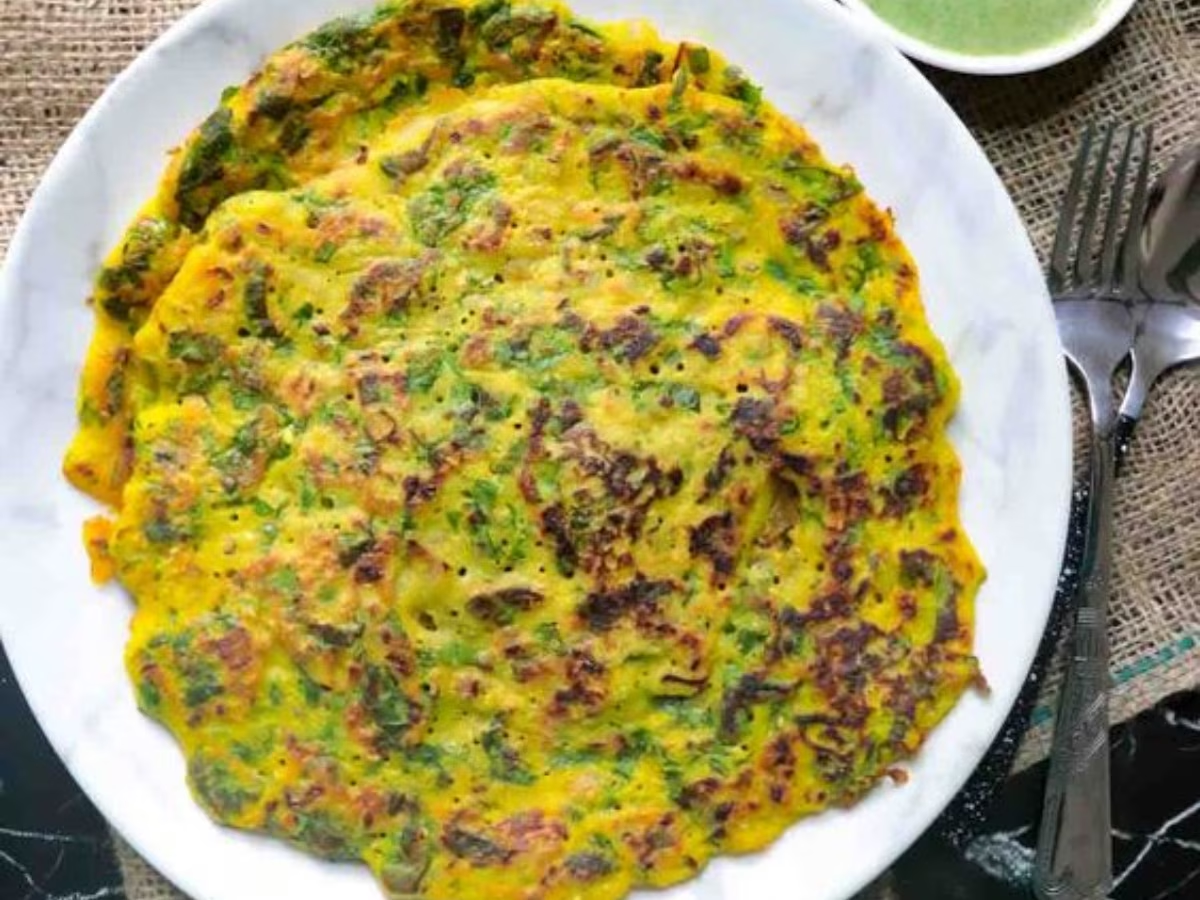
UPI and RuPay Payment: The National Payments Corporation of India (NPCI) recently partnered with French payment-transaction firm Worldline to enable Indian digital payment modes in Europe. This includes Point-of-Sale (POS) payments through RuPay cards and QR code-based payments for UPI transactions. With this now you will easily be able to make payments through UPI and RuPay even in Europe. Over the past few months, NPCI has partnered with banks or payment companies in several countries such as Oman, Saudi Arabia, and France, to make UPI available to Indian citizens in these countries. It already has partnerships with Nepal, Bhutan, Singapore and the United Arab Emirates. In some of these countries, the partnership is for UPI only, while in others RuPay cards will also work on POS terminals.
NPCI International Payments Limited (NIPL) is overseeing the international expansion of the domestic payments platform, while actively driving international adoption of the most popular digital payments in India. A few days ago the Finance Minister said that Singapore and UAE have shown interest in accepting the RuPay payment system in their countries.
The most popular payment methods for international payments are debit, forex, and credit cards issued in the country, enabled by American card networks Visa, MasterCard, and Amex, which work seamlessly, but with the UPI partnership. The objective is to enable overseas payments through indigenous technologies, bypassing US payment companies.
More than 25 million Indian tourists went abroad
The Ministry of External Affairs is aggressively pursuing this matter during meetings with foreign dignitaries. For now, the focus is mostly on those countries which either receive a large number of Indian tourists or have a large number of expatriates. Over 25 million Indian tourists went abroad in 2019 spending over USD 23 billion. Presented ample opportunity for NPCI to start a globalization drive.
According to diplomatic sources, the sanctions on Russia and Iran show how the US can put pressure on India's trade in general and oil imports and exports in particular. Diversifying its domestic payment system away from foreign payment-network players such as Visa, Mastercard and Swift can act as a step to mitigate geopolitical risks. Our payment standards must be accepted by the world.
A diplomatic source involved in this campaign says that this is a long-term project and India needs to build a cross-border pipeline. We have pitched it in many countries. Several countries, including Canada, were reluctant to accept UPI due to strong opposition from US payment networks Visa and Mastercard.
Simple Experience for Citizens
India is seeing a major chunk of remittances from West Asia flow through these channels including UPI, making it a seamless experience for its citizens. Remittances were affected during the pandemic and the United States saw the United Arab Emirates as the largest contributor. India is looking to avoid future disruptions through bilateral partnerships that enable consumers to transfer money using mobile phones.
India is far ahead of countries like China and Mexico
India is one of the largest remittance recipients in the world, with receipts accounting for about 3% of India's GDP. In 2021, the country received US $ 87 billion in remittances, which is far ahead of countries like China and Mexico. India wants to avoid Visa and Mastercard or even the SWIFT route for transactions to and from India. Instead, the Ministry of External Affairs is introducing a two-step process for cross-border transactions in the rest of the world.










